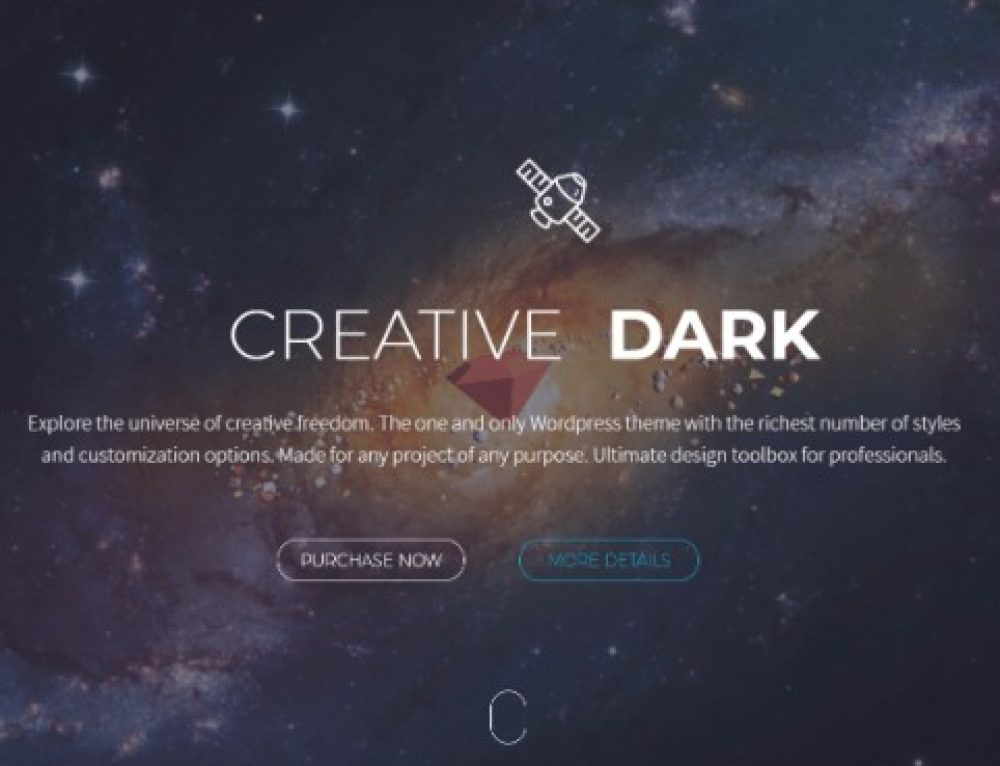This is the fourth part of a series of guides on how to succeed with blogging. This guide was written by the team at FastWebHost.com who have helped thousands of blogs setup and achieve success over the last 10 years.

So far we’ve shown you how to build your blog, how to grow your blog’s followers, and how to make money from your blog. By now you’ve realized it all comes down to how well you create your content – whether it’s writing words or taking photos or singing songs. That’s what we’re here for today.
To have great content on your website you need to do 2 things on a regular basis:
Creating Content
1. Understand your readers
You need to understand who your readers are and what they want in life. All good blogs are focused on certain topics or areas of life. That’s why travel blogs may talk about the foods of different localities, but won’t really talk about cooking or foods as a standalone subject.
More importantly, there are probably plenty of blogs on the subject you choose to work with, but your readers come to you for a specific reason. You need to understand that reason, the emotions behind it, and target your content towards those emotions.
Not sure where to start? Ask your readers what general topics they’d like to see more of. Then plug the topics and keywords into google trends and buzzsumo to see what’s trending.
2. Work through lists
Jot down ideas on your phone when inspiration strikes and keep a list of topics you can work on. Don’t worry about how you’ll flesh them out, that’s for later.
Once those ideas have a chance to marinate, you can start working on them. You should always try to take a unique stance on the topic – say something different, or try to say it in a different way.
If you ever run out of ideas, remember that most ideas work well with multiple types of content. Expand on a part of something you’ve written about before, or turn your list article into an infographic.
3. Be consistent
Once you’ve figured out what your audience likes you need to be consistent with it. Deliver what they want on a regular basis, but don’t rush. Remember, there’ at least 10 other people who are doing what you’re doing. Your audience comes to you for your style and quality. It’s perfectly fine if you publish only once every month.
The trick is to stay engaged with your readers in the meantime. Show them sneak peaks or work in progress on social media. You can even let them have a little control over the production process by asking for feedback on Facebook or twitter.
4. Team Up
Invite guest bloggers to contribute to your blog. They can write a complete piece which you can publish. They can collaborate on a piece with you by joining you for an interview or discussion. Or they can simply contribute a few thoughts to a piece you’re working on.
This helps bring more fresh perspectives and unique angles to a post. You can also use this to argue multiple sides of an idea for your readers.
Auditing Content
Once you start, there’s an impulse to just keep moving forward and create new content. But you need to stop once in awhile and go over what’s been done. You should do an audit at least once a year, or more depending on how often you publish.
An audit will show you what worked best, what didn’t and what can be re-purposed. You can also identify old content people are still reading, and update them.
1. Make a List of Your Content
Start by making a list of everything you’ve published. Get them all onto a spreadsheet and categorize them by what they are, what they’re about, and what they’re meant to achieve.
2. Decide on Metrics
Next you decide on what you want to measure. Each of your pieces of content would have a different objective, and so you would probably want to measure a different metric for each. In general though, some metrics tend to be useful for all kinds of content. Things like page views, time on page, bounce rate, goal conversion, and social shares are always useful metrics to have.
3. Review Analytics
We love Google Analytics. It’s free to use and can be used to get both an overview and in-depth look at your content’s performance. You might also want to look at analytics from your social media. If you’re using any other 3rd party analytics, you should record their results in your spreadsheet too.
Once that’s done, you need to divide your content into 3 lists – ones that are doing well, ones that are doing ok and can be improved, and ones that have never done very well.
4. Decide What to Do
For content that’s doing well: See what they have in common. There must be a reason they do better than the others. These audits are a great way to figure out your formula for success. Then figure out how you can make it better either by improving the content itself or finding new ways to reach more people with it. Or example, turn your best videos into info graphics so you can share them on Pinterest. See if there are ideas or points within the content pieces that can be fleshed out into their own posts.
For content that has potential: Figure out why they’re not doing better. Low click rate on social media could mean a poor title or feature image. High bounce rate could mean the opening paragraphs aren’t entertaining enough. Or it just might not be the right fit for your audience. Once you figure it out you can improve them.
For content that’s no good: You’ve got two choices here. You can try improving them, or you could just remove them altogether. It might feel wasteful to remove content you worked hard on, but in some cases it’s the best choice. Maybe the post is no longer accurate, or your views have changed and you no longer support this idea. Let it go and move on.
5. Create a Plan for Future Content
All of this should help you figure out what works better and what doesn’t. It should help you figure out your formula for creating better content. At this final stage of the audit you reflect on what you’ve seen and condense it into a clear plan and guidelines for future content, so that next year’s audit goes smoothly.
So that’s that. Now you know how to write better content, and that means you’ll be able to get more readers and more revenue from those readers. If you don’t have a blog yet, there’s no time like the present to start. Get over to our WordPress page and pick a domain name and you’re good to go.

 Phone: 1(877) 215.8104
Phone: 1(877) 215.8104 Login
Login


Leave a Reply